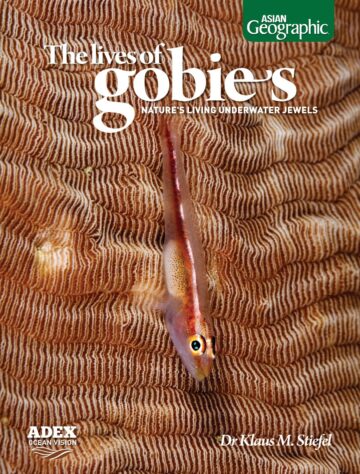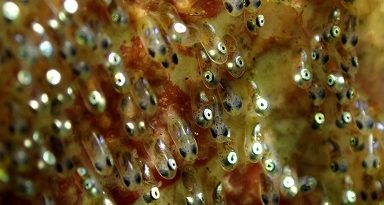The Best Underwater Camera for Beginners and Pros
Didn’t I make a mistake in the title? Shouldn’t it be “cameras”? One for the beginner, one for the Pro? No, the singular is on purpose. It’s the same camera. And, no, I am not being sponsored by the camera’s maker (yet, hehe).
Beginner
What would a good underwater camera for a beginner be like? Affordable, hard to flood, easy to use.
The Olympus TG6 plays the part:
The camera on its own is waterproof for 10 meters, although I wouldn’t trust the small seals on the battery and charging ports for extended dives (I’m slightly paranoid in this regard, I have been burned flooded). In any case, should the housing flood, which is rare, the built-in waterproofness of the camera serves as a 2nd line of defense against water damage.
So I recommend to get the camera and Olympus’ housing for it, and you are ready to go. The UmiUmi housing works great, too. This basic setup will allow you to learn the principles of underwater photography well and take satisfying shots. You can easily add a tray with handles, 1 or 2 strobes and a video light later.
Cons for the Beginner: None that I can think of.
Pro
Let me first define what I mean by a pro: an ambitious underwater image maker who puts a significant amount of work into his or her photographs or videos. Someone who might make money with the images he or she creates, or enters competitions, or uses them for promo for a dive shop ect.
A photo/video pro is not necessarily someone with unlimited pocket depth, or someone who has a large production firm paying for camera gear.
Well, there are a few options. The Canon 5DIV is an excellent piece of camera hardware. The new top-of the line model of systems camera Olympus seems like it too, and some of my friends are having great success with Fujifilm mirror-less cameras. And if you should have a lot of Euros or $$ on your bank account (not Rubles), the Red camera is of course an amazing piece of technology.
But to get a very high performing camera at a very modest price, the TG6 is unsurpassed in my opinion. In boxing there has been a discussion raging for 100 years who is the “pound for pound best” fighter, who is best irregardless of weight class (my take: Marvin Hagler), and in a similar ranking for cameras, “camera performance per $$”, the TG6 comes out on top in my opinion. Hence my take that the TG6 is the best camera for a beginner and a pro.
Yes, the higher end cameras I mentioned will perform better in some conditions, but this is camera offers great sharpness at very high magnifications, RAW photo saving, and video in 4K, while being small, waterproof on its own and really affordable.
Check out this video of mine of the “Shawn the Sheep” sea slug, an animal about the size of a rice grain:
And check out this video of my mate Justin of a crinoid shrimp, an animal ~ 5 mm in length:
Stills
Still photography? The TG6 performs well too. This is a crinoid clingfish I shot in Dauin in the Philippines:
Cons for the Pro: While the camera works at a fantastic level for macro photos and videos, I have not seen equally fantastic results of mine, and of others with wide-angle images, but this could be due to me and many others focusing on the small critters when using the camera. The smaller sensor compared to pricier cameras will likely be more of a disadvantage when in wide-angle, low light situations (with not all the light coming from a strobe).
It’s mildly irksome to not have a full manual control for photography, only aperture priority, but by setting a minimum shutter speed one can trick the camera into working in a kind of faux manual mode.
There could be more, and smaller focus points, it’s sometimes tricky to film slender fish in mid-water. But again, this is a detail in the performance of a pocket-sized camera with abilities which 30 years the BBC’s documentary filmmakers didn’t posses.
Best Fishes, I hope this was useful,
Klaus
And of course, if you haven’t already, don’t forget to check out my latest book, The Lives of Gobies:




